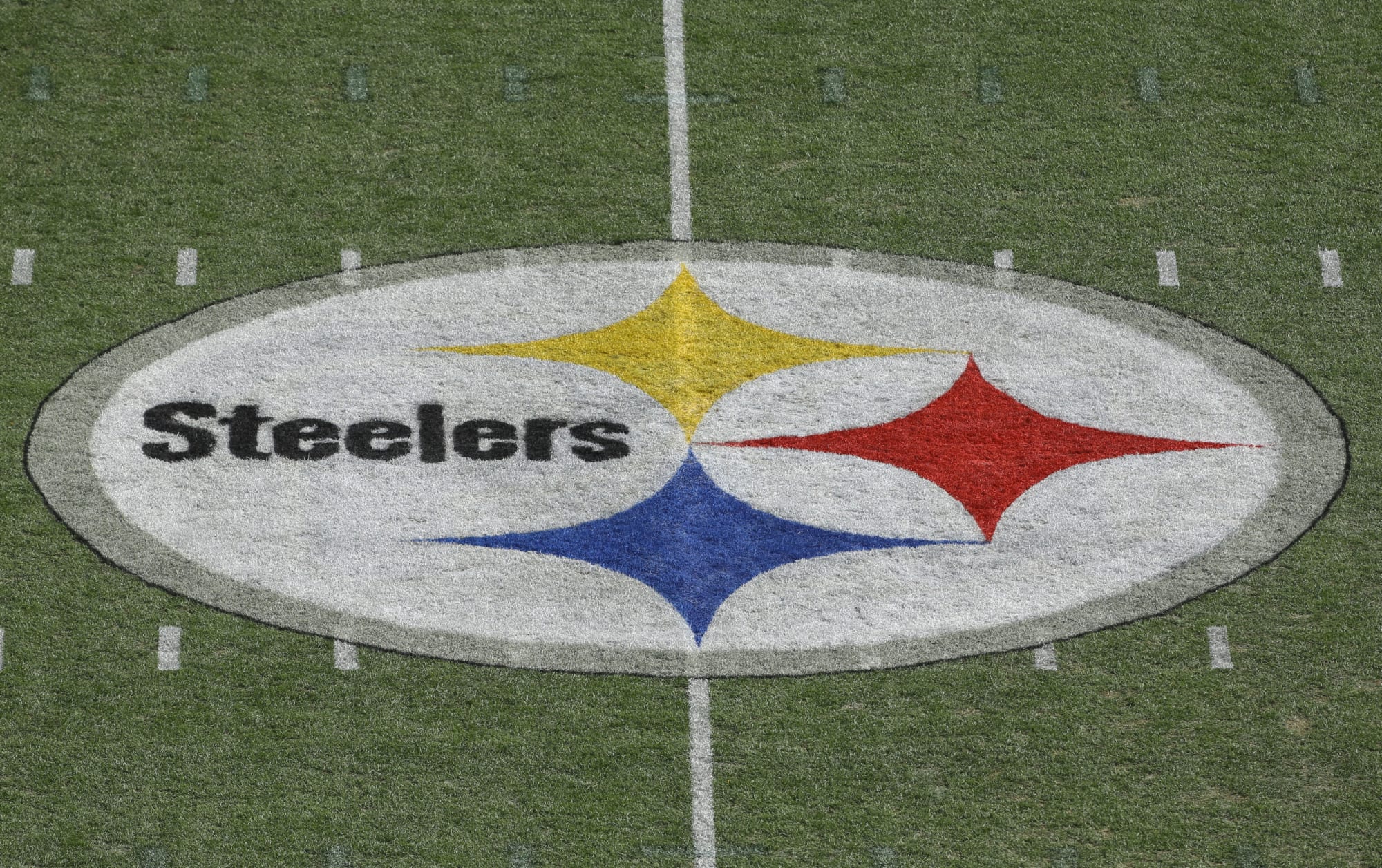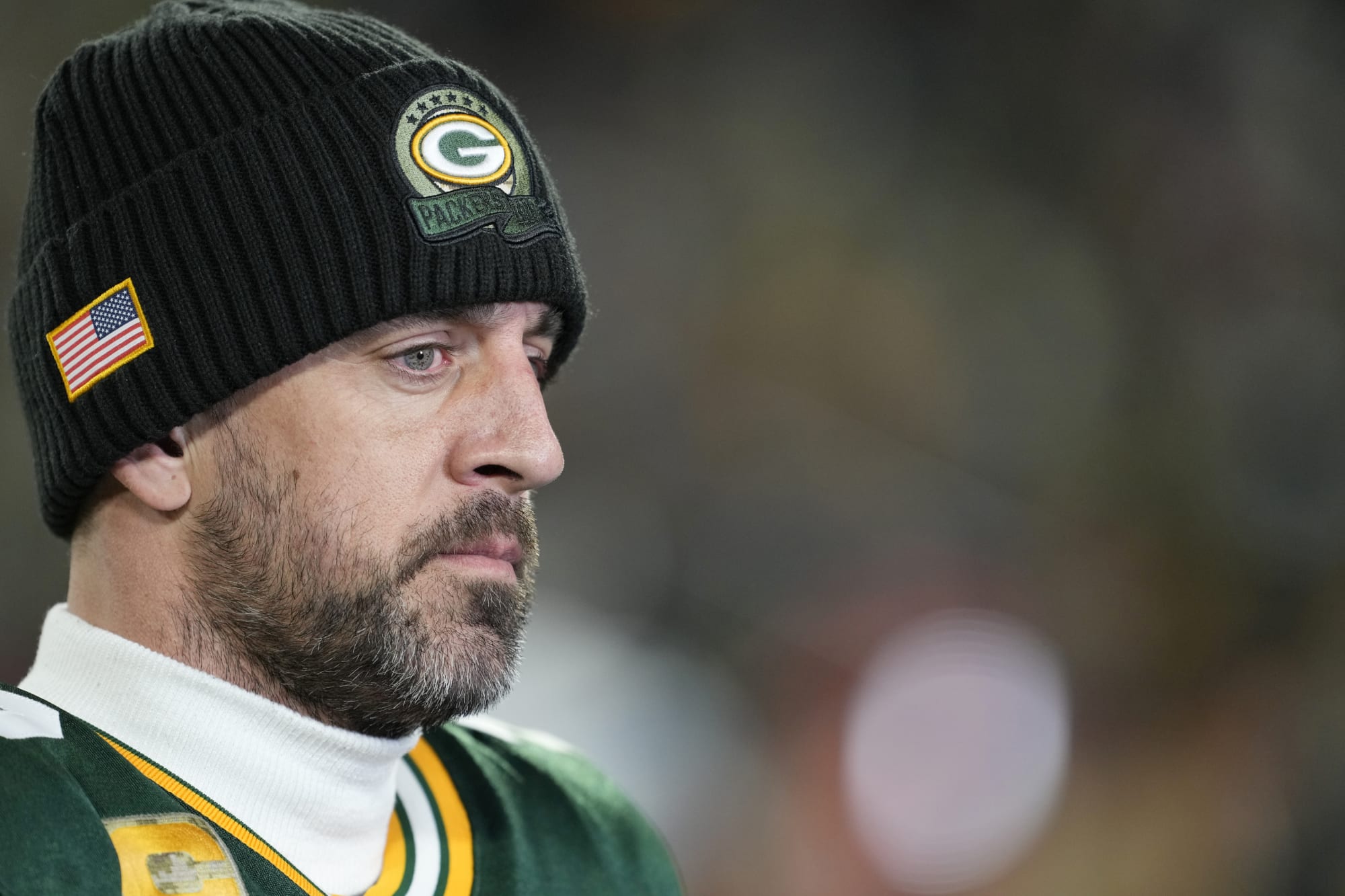A closer look at 80-71
As part of the New York Giants’ 100th season celebration, an “independent committee of award-winning journalists, NFL and Pro Football Hall of Fame executives, and superfans have ranked the Giants’ Top 100 Players.”
As a reminder, that committee consists of the following: Bob Papa (Chair), Pete Abitante, Ernie Accorsi, Judy Battista, John Berti, Linda Cohn, Vinny DiTrani, Bob Glauber, Joe Horrigan, Jay Horwitz, Peter King, Gary Myers, Paul Schwartz, and George Willis.
On Tuesday, the third wave of players were revealed.
Here’s a closer look at Nos. 80 through 71.

George Rose/Getty Images
William Roberts was the 27th overall selection in the 1984 NFL draft, taken by the Giants out of Ohio State to beef up their offensive line. He did just that. Roberts began his career at tackle for Big Blue, playing in 11 games (starting eight) as a rookie but would miss the 1985 season due to a knee injury.
Roberts bounced back in 1986 and went on to play a total of 11 seasons for the Giants at both tackle and guard. He was a member of both Super Bowl teams under head coach Bill Parcells and would play 151 games for the Giants — the fourth most by a Giant offensive lineman in their history.
Roberts was named to the Pro Bowl in 1990.


USA TODAY Sports
The Giants selected Jeff Hostetler in the third round of the 1984 NFL draft out of West Virginia. He was used primarily as a special teamer and a backup quarterback behind Phil Simms for his first five seasons. It wasn’t until 1988 that Hoss finally got to start an NFL game. He had contemplated retiring in 1990 but his fate changed when Simms broke his foot late in the season.
Hostetler was called upon to navigate the Giants through the NFC playoffs and then Super Bowl XXV, which he did, successfully. Hoss became a legend that day in Tampa as the Giants nipped the Buffalo Bills, 20-19, to win their second championship in five seasons.


Geoff Burke-USA TODAY Sports
Mark Haynes was the eighth overall selection in the 1980 NFL draft. He was taken by the Giants out of Colorado and would become a two-time All-Pro and three-time Pro Bowler for the Giants during his six seasons in blue. Haynes had 13 interceptions in 75 games, with 67 starts for the Giants, and recovered five fumbles. He was traded to the Denver Broncos before the 1986 season and actually played against the Giants in Super Bowl XXI.


Herb Weitman-USA TODAY Sports
John Mendenhall was one of the few bright spots for the Giants during their ‘wilderness’ years of the 1970s. A third-round pick out of Grambling in 1972, Mendenhall played 101 games with 98 starts for Big Blue from 1972-79 and was a stalwart in the middle of the Giants’ defense. He recorded 41 sacks (unofficial) as an interior lineman for the Giants during his eight seasons. Mendenhall was selected to the NFL All-Rookie Team in 1972.


Tim Dillon-USA TODAY Sports
Gary Reasons was a fourth-round selection (105th overall) by the Giants out of Northwestern State in the 1984 NFL draft. A solid inside presence at linebacker, he would play in 122 games over eight seasons for the Giants and win two Super Bowls. Reasons is most remembered for two things: his mid-air hit on Denver running back Bobby Humphrey on the goal line in a 1989 regular season game and his 30-yard run on a fake punt against the San Francisco 49ers in the 1990 NFC Championship Game.


USA TODAY Sports
Thomas ‘Pepper’ Johnson was a second-round selection (No. 51 overall) by the Giants out of Ohio State in the 1986 NFL draft. As the heir apparent of Hall of Famer Harry Carson, Johnson would go on to play 106 games over seven seasons with Big Blue (79 starts), playing on two Super Bowl championship teams and was named to the Pro Bowl in 1990.


Herb Weitman-USA TODAY Sports
Jack Gregory was acquired from the Cleveland Browns in June of 1972 for a 1973 first-round draft pick. It was one of the few trades that worked out for the Giants in the ‘wilderness’ era of the 1970s. Gregory played 96 games over seven seasons from 1972 through 1978. Sacks were not an official stat during Gregory’s time, but he is credited with 75.5 as a Giant and 103 overall in his NFL career. Gregory had an unofficial 18.5 sacks in 1972 to lead the league and was named to the Pro Bowl.


Tony Tomsic-USA TODAY NETWORK
Don Chandler began his career as a punter with the Giants in 1956 and did not assume placekicking duties until the 1962 season, replacing the retiring Pat Summerall. He was a member of the Giants’ 1956 NFL Championship Team, punted for nine seasons, and kicked for his final three in New York before moving on to the great Green Bay teams of the mid-late 1960s.
Chandler’s 23,019 yards punting is the second most in Giants’ franchise history behind Dave Jennings and his 525 punts are third behind Jennings and Sean Landeta. Chandler led the NFL in scoring in 1962.


Herb Weitman-USA TODAY Sports
Ron Johnson, a star at Michigan, came over to the Giants in the trade that sent Homer Jones to Cleveland after the 1969 season. The Madison, New Jersey native was one of the best running backs in the NFL in the early 1970s. Johnson was a Pro Bowler in 1970 and again in 1972.
In 1970, he became the first Giant back to rush for over 1,000 yards (a career-high 1,182). Johnson spent six years with the Giants and rushed for 3,836 yards, placing him eighth on the Giants’ all-time career rushing list.


Jared Wickerham/Getty Images
Antonio Pierce was signed by the Giants as a free agent in 2005 after playing his first four NFL seasons with rival Washington. Pierce immediately made an impact and was named defensive captain. He played 69 games in blue, all starts, was a cornerstone of the Giants’ Super Bowl XLII championship team, and was named to the Pro Bowl in 2006. Pierce was considered a ‘general on the field’ who had great anticipation skills and a knack for calling the right formations.
Check out our Latest News and Follow us at Facebook
Original Source







